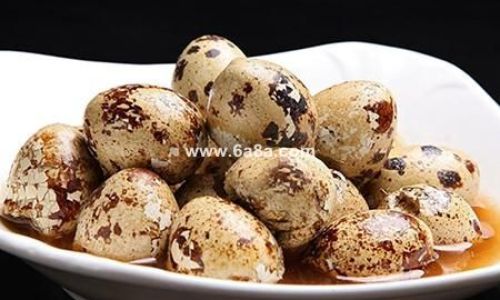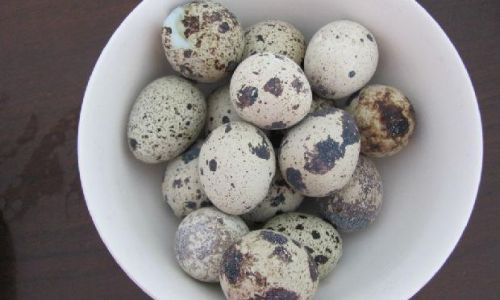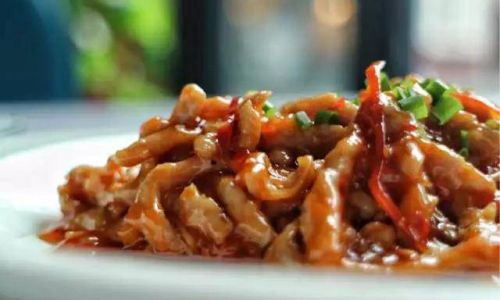Vinegar-stir-fried cabbage, or cu liu bai cai in Mandarin, is a beloved dish in Chinese cuisine celebrated for its balance of tangy, savory, and subtly sweet flavors. This humble vegetable-based recipe transforms ordinary cabbage into a vibrant, aromatic meal that pairs beautifully with rice or noodles. While the dish appears deceptively simple, achieving the ideal texture and flavor harmony requires attention to detail. This guide will explore the nuances of selecting ingredients, mastering cooking techniques, and balancing seasonings to create a restaurant-quality vinegar-stir-fried cabbage at home.

The Foundation: Selecting the Right Ingredients
The success of any stir-fry begins with fresh, high-quality ingredients. For vinegar-stir-fried cabbage, the star is the cabbage itself. Opt for a firm, compact head of Napa cabbage (also known as Chinese cabbage) or green cabbage, depending on regional preferences. Napa cabbage offers a delicate, slightly sweet flavor with tender leaves, while green cabbage provides a heartier crunch. Avoid wilted or bruised leaves, as they will release excess moisture during cooking, leading to a soggy texture.
Key Ingredients:
- Cabbage (1 medium head): Core removed, leaves separated, and sliced into 2-inch strips.
- Aromatics:
- Garlic (3–4 cloves): Minced for a pungent base note.
- Ginger (1-inch piece): Finely julienned to add warmth.
- Dried red chili peppers (2–3): Adjust to taste for heat.
- Sauce Mixture:
- Vinegar (3–4 tbsp): Use black vinegar (Chinkiang vinegar) for depth, or substitute with rice vinegar for a milder tang.
- Soy sauce (1–2 tbsp): Light soy sauce enhances umami without overshadowing the vinegar.
- Sugar (1 tsp): Balances acidity; adjust to taste.
- Cornstarch (1 tsp): Thickens the sauce for a glossy finish.
- Cooking Oil (2–3 tbsp): Neutral oils like vegetable or peanut oil work best.
- Optional Additions:
- Sesame oil (1/2 tsp): For a nutty aroma.
- Shaoxing wine (1 tbsp): Adds complexity (omit for alcohol-free version).
Preparation: The Key to Crisp-Tender Cabbage
Proper preparation ensures even cooking and retains the cabbage’s crisp texture.
- Wash and Dry: Rinse cabbage leaves under cold water to remove dirt. Pat dry thoroughly with a clean kitchen towel or salad spinner. Excess moisture will steam the cabbage instead of stir-frying it, resulting in a limp texture.
- Slice Uniformly: Cut cabbage into even strips to ensure consistent cooking. Thicker stems may be sliced thinner to match the tender leaves.
- Prep Aromatics: Mince garlic and ginger just before cooking to preserve their volatile oils, which release flavor when heated.
Crafting the Flavor Base: The Sauce Mixture
The sauce is the soul of this dish, blending tangy, salty, and sweet elements. Combine the following in a small bowl:
- 3 tbsp vinegar (black vinegar preferred)
- 1 tbsp light soy sauce
- 1 tsp sugar
- 1 tsp cornstarch
- 2 tbsp water (to dissolve cornstarch)
Stir until the sugar and cornstarch dissolve. This mixture will coat the cabbage, creating a lustrous glaze while tempering the vinegar’s sharpness.
Cooking Technique: High Heat, Precision Timing
Stir-frying demands rapid cooking over high heat to seal in flavors and textures. Follow these steps for perfection:

- Heat the Wok: Preheat a wok or large skillet over high heat until a drop of water evaporates instantly. Add 2–3 tbsp oil and swirl to coat the surface.
- Sauté Aromatics: Add garlic, ginger, and dried chilies. Stir-fry for 10–15 seconds until fragrant but not browned. Burnt garlic will impart bitterness.
- Add Cabbage: Toss in the cabbage and stir-fry vigorously for 2–3 minutes. Use a spatula to lift and turn the leaves, ensuring even exposure to heat. The cabbage should wilt slightly but retain its vibrant green color.
- Deglaze with Shaoxing Wine (Optional): For depth, pour in 1 tbsp Shaoxing wine along the wok’s edge, allowing it to sizzle and evaporate.
- Incorporate the Sauce: Pour the prepared sauce over the cabbage. Continue stirring for 1–2 minutes until the sauce thickens and coats the leaves evenly.
- Final Seasoning: Taste and adjust with salt, pepper, or a splash of vinegar if needed. For a finishing touch, drizzle with sesame oil.
Pro Tips for Restaurant-Worthy Results
- High Heat is Non-Negotiable: Stir-frying at lower temperatures will steam the cabbage, resulting in mushiness. Use a vent hood or open window to manage smoke.
- Avoid Overcrowding: Cook in batches if necessary. Overcrowding the wok lowers the temperature and braises the cabbage instead of stir-frying it.
- Balance Flavors: Adjust the vinegar-to-sugar ratio based on personal preference. Some prefer a sharper tang, while others lean sweeter.
- Freshness Matters: Use newly opened vinegar bottles, as acidity diminishes over time.
- Garnish Creatively: Sprinkle with toasted sesame seeds, sliced scallions, or cilantro for visual appeal and texture.
Common Mistakes and How to Avoid Them
- Soggy Cabbage: Ensure thorough drying before cooking. Avoid covering the wok during stir-frying.
- Bland Flavor: Use enough aromatics and season generously. Taste and adjust before serving.
- Burnt Garlic: Add garlic only when the oil is hot but not smoking. Stir constantly to prevent burning.
- Uneven Cooking: Slice cabbage uniformly and stir continuously to prevent uneven heating.
Variations to Explore
- Spicy Version: Double the dried chilies or add fresh red pepper flakes.
- Meat Enhancement: Stir-fry ground pork or shrimp before adding cabbage for a heartier dish.
- Vegetarian Twist: Include sliced mushrooms, carrots, or bell peppers for added color and nutrition.
- Gluten-Free Option: Substitute soy sauce with tamari or coconut aminos.
The Science Behind the Sizzle
Stir-frying at high temperatures (350–400°F/175–200°C) triggers the Maillard reaction, browning the cabbage’s edges and caramelizing sugars. The vinegar’s acidity tenderizes the cabbage slightly while preserving its crunch. Cornstarch in the sauce creates a protective coating, preventing overcooking.
Cultural Context and Modern Adaptations
Vinegar-stir-fried cabbage has roots in Chinese home cooking, where it’s valued for its simplicity and ability to elevate humble ingredients. In modern fusion cuisine, chefs experiment with balsamic vinegar, honey, or even fruit additions like apples for unexpected flavor profiles. However, traditionalists argue that authenticity lies in the harmony of black vinegar, ginger, and garlic.
Health Benefits of Cabbage
Beyond its culinary appeal, cabbage is a nutritional powerhouse:
- Low in Calories: A 1-cup serving contains just 22 calories.
- Rich in Fiber: Promotes digestion and satiety.
- Vitamin C Booster: One serving provides 54% of the daily recommended intake.
- Antioxidant-Rich: Contains compounds like sulforaphane, linked to anti-inflammatory benefits.
Serving Suggestions
- Classic Pairing: Serve with steamed jasmine rice and a side of protein like pan-fried tofu or grilled chicken.
- Noodle Bowl: Toss with chow mein noodles and a drizzle of chili oil.
- Appetizer: Wrap in thin pancakes (like Peking duck-style) with hoisin sauce.
Conclusion: The Joy of Simplicity
Vinegar-stir-fried cabbage exemplifies the beauty of Chinese home cooking—transforming everyday ingredients into a symphony of flavors with minimal effort. By mastering the interplay of heat, seasoning, and technique, even novice cooks can achieve a dish that delights the palate and nourishes the body. Whether you’re a purist or an adventurous home chef, this recipe invites creativity while honoring tradition. So grab your wok, sharpen your knife, and let the sizzle begin!
Final Tip: Practice makes perfect. Don’t be discouraged by initial attempts; adjusting vinegar ratios or cooking times will refine your technique. Soon, you’ll craft a vinegar-stir-fried cabbage that rivals any restaurant’s version. Bon appétit!






0 comments